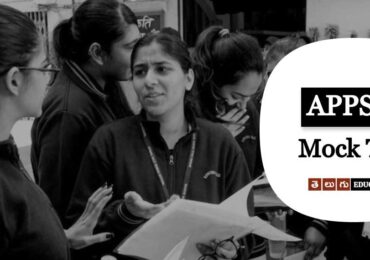| పేపర్ I (సమయం 2 గంటలు, మార్కులు 250) | |
| సిలబస్ | ప్రశ్నల సంఖ్యా |
| కార్డియాలజీ, న్యూరాలజీ, డెర్మటాలజీ మరియు సైకియాట్రీతో సహా జనరల్ మెడిసిన్ | 96 |
| పీడియాట్రిక్స్ | 24 |
| పేపర్ II (సమయం 2 గంటలు, మార్కులు 250) | |
| ENT, ఆప్తాల్మాలజీ, ట్రామాటాలజీ మరియు ఆర్థోపెడిక్స్ సహా శస్త్రచికిత్స | 40 |
| గైనకాలజీ & ప్రసూతి | 40 |
| ప్రివెంటివ్ & సోషల్ మెడిసిన్ | 40 |









